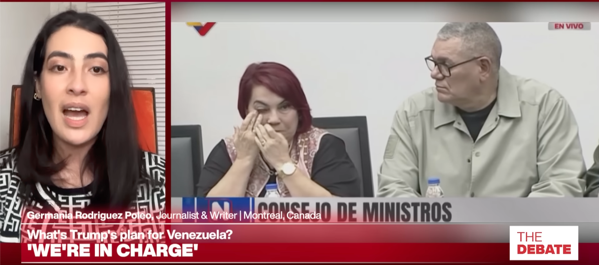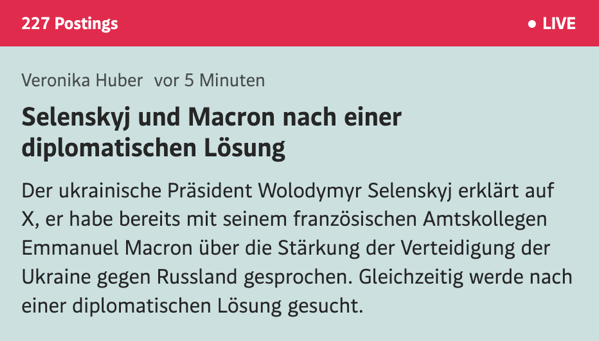Besonders interessant erscheint der Umbau des Partykellers 2015, welche die Betreiber ausführlich online dokumentierten. Die Fotos zeigen unter anderem die Installation von Schaumstoff-Verkleidung. Handelte es sich um jene, die nun in Flammen aufging? Oder wurde sie zwischenzeitlich ausgetauscht?
src: click
Nur wenns zum recherchieren kommt, hat die kommunale Schweiz wieder Ausfälle, das glaubst du nicht - nicht mal die Bildzeitung lesen können die…

src: click
Ich mein - gut, vielleicht waren das ja andere Platten, … genau…
Auf dem fucking Bild sind drei unterschiedliche Lärmisolierungsmatten zu sehen.
Dh, nachdem sie die so laufend seit dem Umbau vor 10 Jahren getauscht haben, haben sie dann 9 unterschiedliche Lärmschutzmatten verwendet, oder…?
Erklär mir mal bitte jemand die Logik, die die NZZ hier fährt.
Nein, leider - auch auf X, nur Leute die noch denken können.
Ui, da wirds die Staatsanwaltschaft aber schwer haben, wenns in der ganzen Schweiz keine Zeitung gibt, die das recherchieren konnte…
Ich mein, weiß der Gott, wie der Focus wieder zu dieser Einschätzung kommt, … Ich freu mich ja, dass es mit Venezuela endlich eine Demokratie mehr gibt, heut am Tag.
Es sind genau jene Platten, die auf den schockierenden Videos der Katastrophennacht als herabtropfendes Feuer-Inferno zu sehen sind. Sollte sich die Authentizität bestätigen, dokumentiert das Bild womöglich den Moment, in dem die fatale Konstruktion installiert wurde.
src: click
edit: Es gibt aber natürlich auch wieder gute Nachrichten, auch die Presse (Die Presse) verarscht heute wieder vollends ihre Leser…
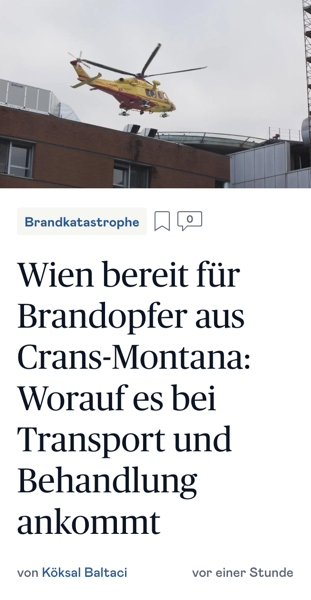
src: click
Meanwhile bei den schweizer Party Gschroppen…
“Österreich? Nein lass mal, wir wollen nach der Rekonstruktion unserer Körper auch noch ein Leben führen, … Fück me, Österreich? Was glauben die denn wer wir sind? Uni-Klinik Klientell? I mean, the nerve! Da hab ich gleich den Papa angerufen.”
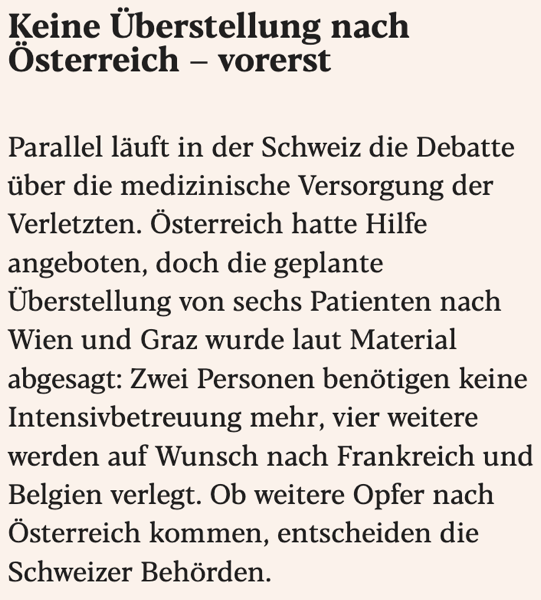
src: click
Die Schweizer Behörden, haha - genau.
edit: Gute Lokalreportage: click (NZZ)
edit:
M. soll außerdem angegeben haben, den vormals an der Decke befindlichen Akustikschaum durch eine Neuanschaffung aus dem Baumarkt ersetzt zu haben.
src: click
Welche der drei zusammengewürfelten Akkustikschaumstoffplatten die seit der Renovierung im Lokal waren hat er damit denn ersetzt? Die aus Weichschaum aus Polyurethan, die ganz klar auf den Renovierungsbilder zu sehen sind? Mit solchen aus Weichschaum aus Polyurethan?
Fuck me, das wird für die Staatsanwaltschft aber schwer werden die Lügen der Verteidigung zu identifizieren, wenn die bereits vor dem Gerichtstermin durch die Öffentlichkeit geistern!
Gut die Medien sind eh zu blöd für alles, denen fällt das garnicht auf.
edit: Auch der zweite Teil der Aussage des Inhabers, bei dem er die Servicetür aufgebrochen haben will ist offenbar gelogen.
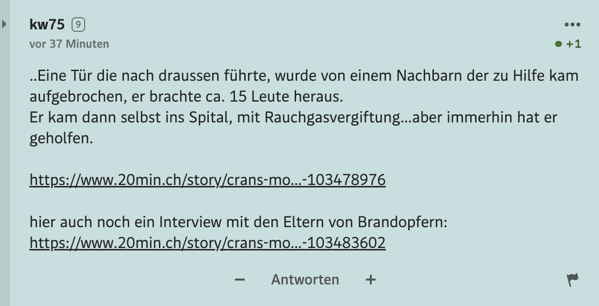
src: click
via: click
Aber gut, wem in den deutschsprachigen Qualitätsmedien soll auffallen, dass die davor bereits jemand anderes aufgebrochen hat. Wem?
